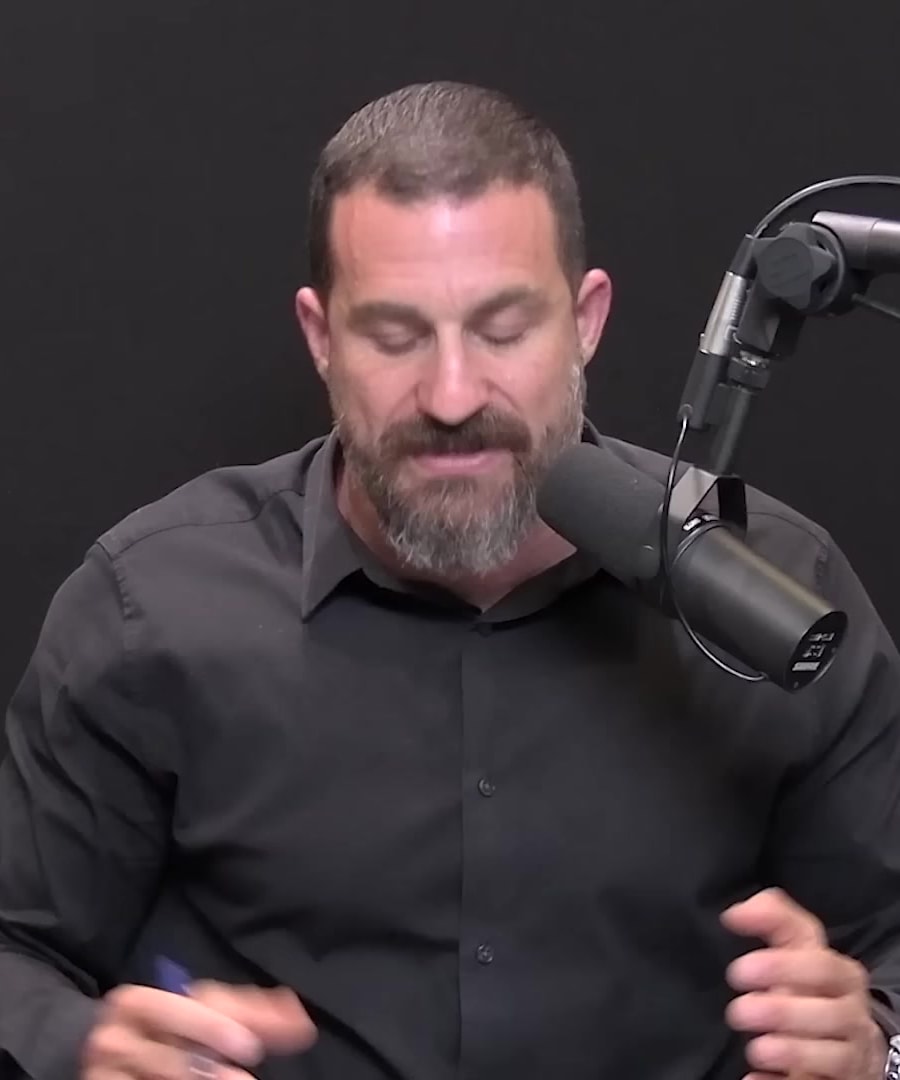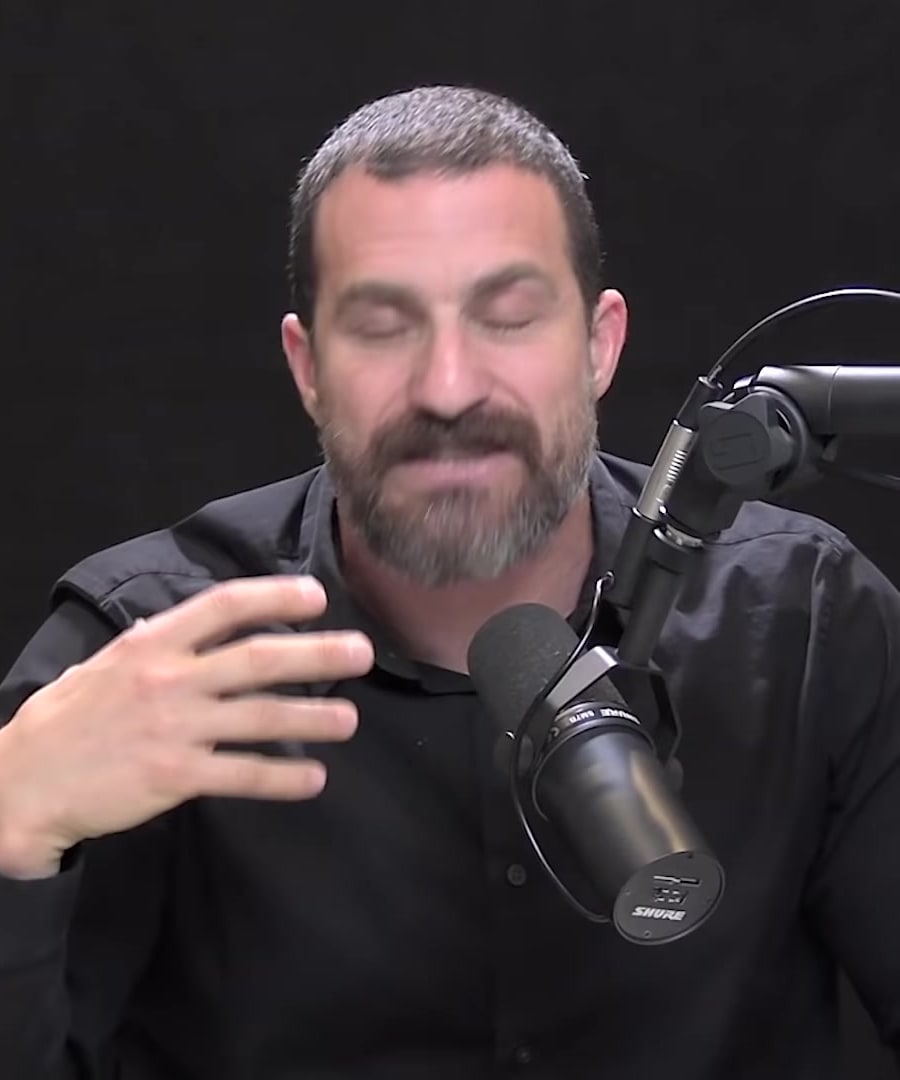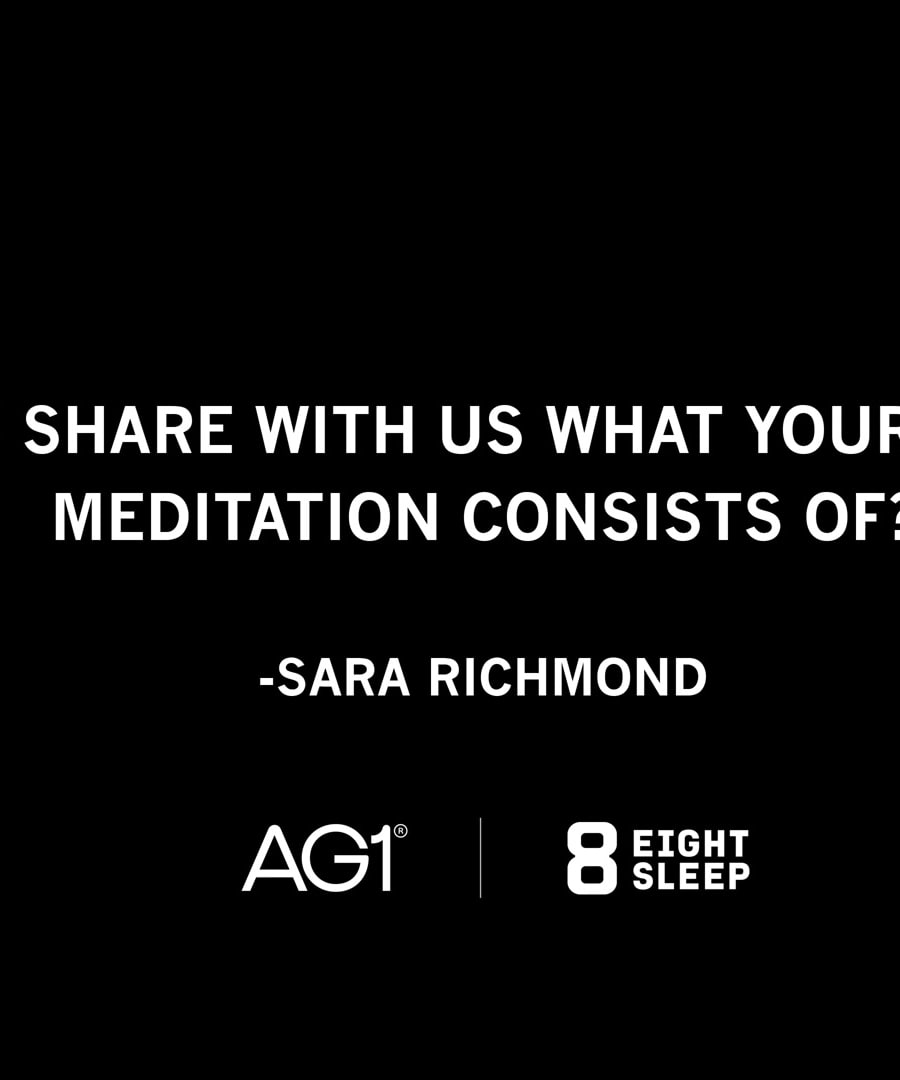What’s the best way to organize photos ?
Sources:
The best way to organize photos according to the involves creating a structured archive. suggests dividing your life history into regular increments and organizing them into different folders, either physically or electronically. Each folder can represent a specific phase of your life, such as "zero to five years of age," "six to ten years of age," and so on. This method helps you build and maintain a clear and structured narrative of your life, facilitating easier access and better organization of your photos 1.
RELATED QUESTIONSHow do I incorporate all the info Huberman has. I want to apply it all but I feel overwhelmed
Sources:
To avoid feeling overwhelmed while trying to incorporate the vast amount of information from the , recommends several strategies:
-
Pace Yourself: Understand that you don't need to grasp all the information at once. You can use the pause and replay buttons liberally to manage the pace at which you ingest the information. Take notes if that helps, and remind yourself that you have time to explore these topics in depth at your own pace 1.
-
Adjust Playback Speed: If the delivery is too fast or too slow, adjust the playback speed to match your listening comfort. This can make the information easier to digest 1.
-
Focus on Key Areas: Instead of trying to apply everything at once, focus on one or two areas that are most relevant or interesting to you right now. This could be sleep, stress management, neural plasticity, etc.
-
Revisit the Content: Return to episodes or segments as needed. The is designed to be a resource you can come back to, not a single serving of information that you have to get all at once 1.
-
Use Other Resources: Complement your learning with other resources such as books or different podcasts, as recommended by 1.
By incorporating these methods, you can more effectively manage the wealth of information provided by the Lab, tailoring it to fit your personal and developmental needs.
RELATED QUESTIONS-
How to effectively note take
Sources:
To effectively incorporate note-taking methods as suggested by , consider the following techniques:
-
Focused Engagement: Just as our mental and visual perception taps into real-world behaviors and interactions, effective note-taking involves active engagement with the material. This means deliberately focusing on key points and relevant details during learning sessions 1.
-
Optimize Your Workspace: Create a conducive environment for note-taking and learning. This might involve rearranging your workspace or even changing locations to boost focus and creativity. Novel visual environments can enhance alertness and help maintain engagement over prolonged periods 2.
-
Structured Approach: For intensive subjects, you might want to adopt strenuous yet structured note-taking sessions, similar to the rigorous journaling protocols discussed by . This involves not only capturing information but also allowing time for reflection and mental recovery to process deeply on the topics covered 3.
Overall, integrate these strategies to optimize the effectiveness of your note-taking and learning process. This tailored approach, adjusting according to the complexity and demands of the information, can help you absorb and utilize knowledge more effectively.
RELATED QUESTIONS-
Elaborate on space time bridging
Sources:
Space-Time Bridging (STB) is a meditation practice introduced by , which incorporates features crucial for managing one's perception of space and time through focused attention. It effectively blends introspection (interoception) and the perception of external stimuli (exteroception), helping to navigate various time domains using the visual system.
Components of Space-Time Bridging
-
Attention Focal Points: The practice involves focusing on nearby objects (interoception) and distant objects (exteroception). Near objects cause time to be perceived more finely—like observing each second of time�—while distant objects let you perceive larger chunks of time, slowing the perceived passage of time 1.
-
Practical Application: STB can be practically used daily to set and assess long-term goals effectively. By shifting one's visual focus deliberately through different 'stations' or points in space, one learns to manage and navigate through different time perspectives—immediate, short-term, and long-term 2.
-
Routine and Insights: Regular engagement in STB, ideally done looking through a window or outside, can lead to significant personal insights and improved mental flexibility. It can be a dynamic tool for enhancing one's cognitive and perceptual capabilities, making it suitable for both personal growth and professional productivity 3.
-
Enhancing Time Perception: STB reflects an enhancement of how one perceives and subdivides time based on visual cues. It negotiates the brain's ability to shift from high-alert, fine-slicing of time to more relaxed, broad time perceptions, adapting to the demands of different situations and stress levels 4.
Through Space-Time Bridging, suggests a structured yet flexible approach to meditation that harnesses the inherent link between visual focus and time perception, offering a useful method for both everyday life and complex goal-setting activities.
RELATED QUESTIONS-
What’s the best way to organize photos ?
- RELATED QUESTIONS
How do I incorporate all the info Huberman has. I want to apply it all but I feel overwhelmed
- RELATED QUESTIONS
How to effectively note take
- RELATED QUESTIONS
Elaborate on space time bridging
- RELATED QUESTIONS








